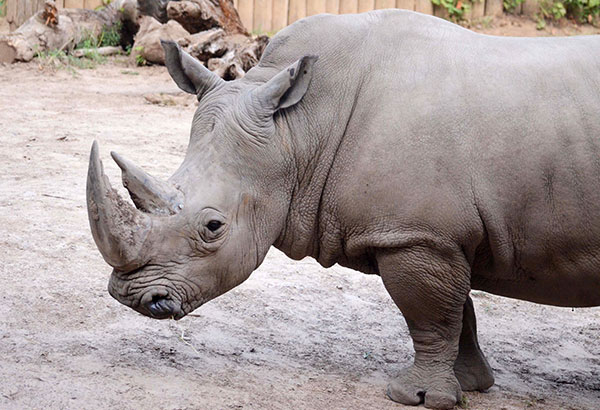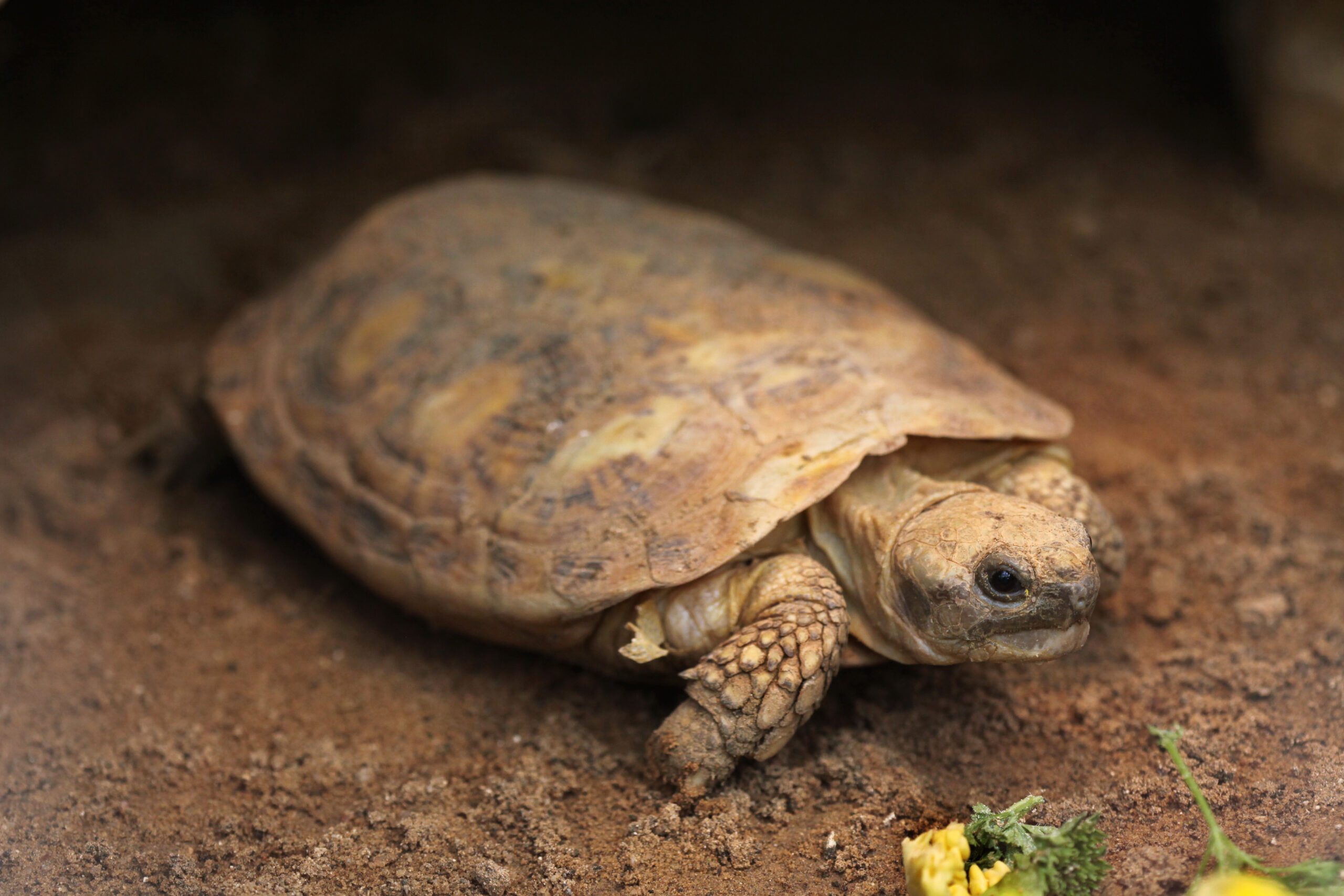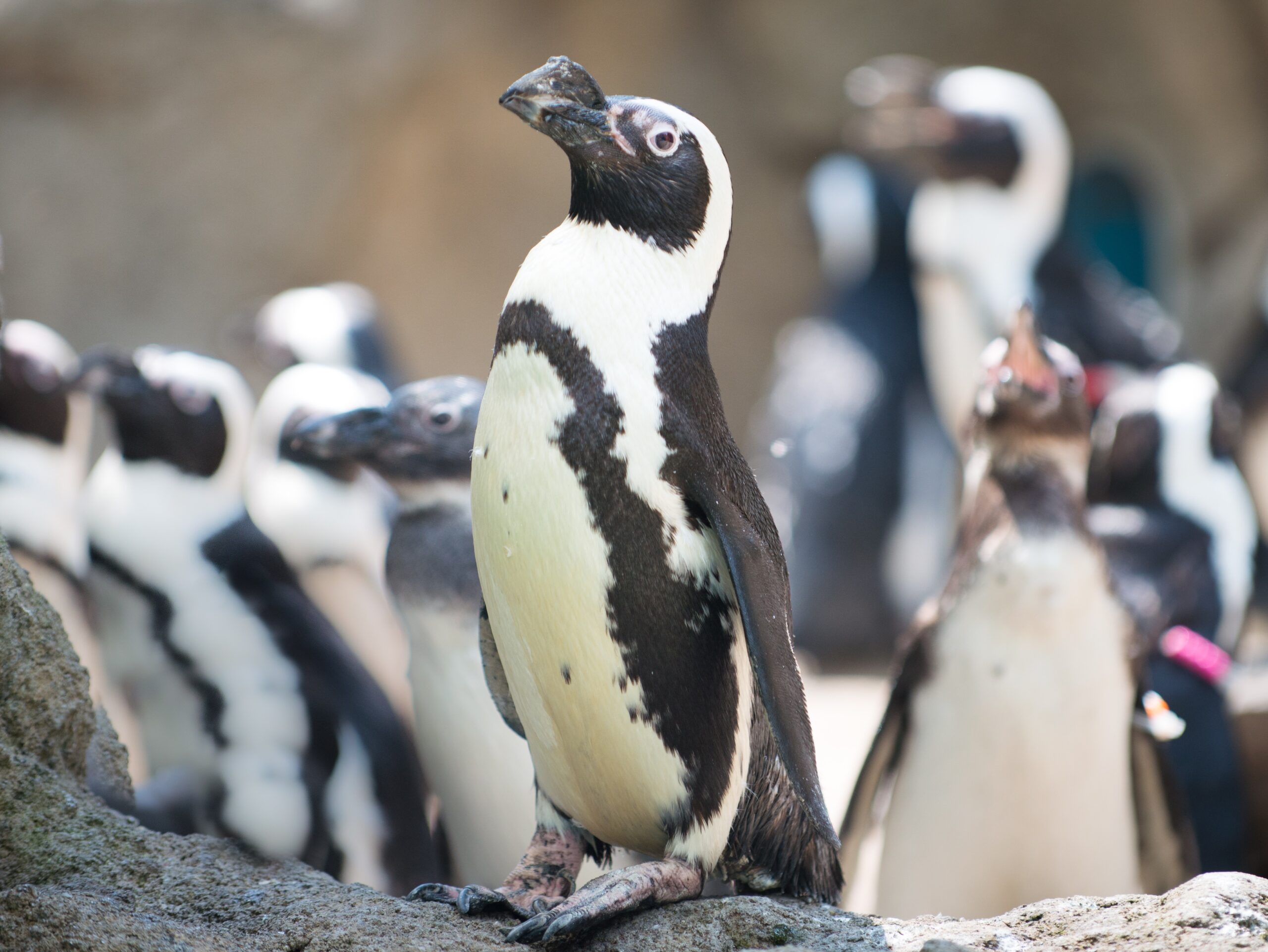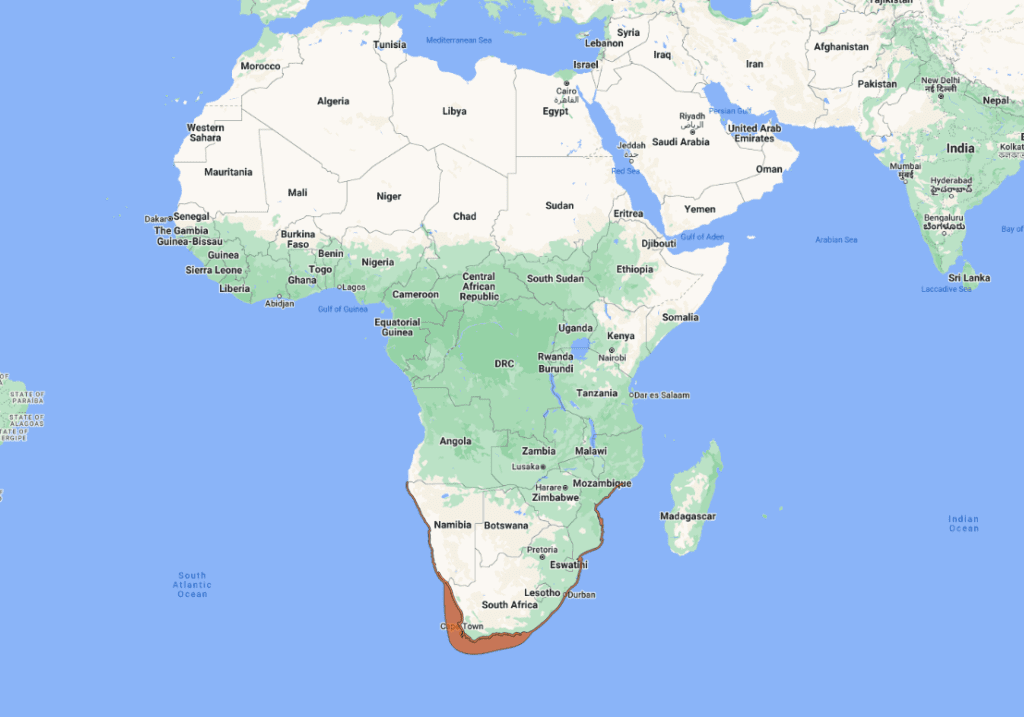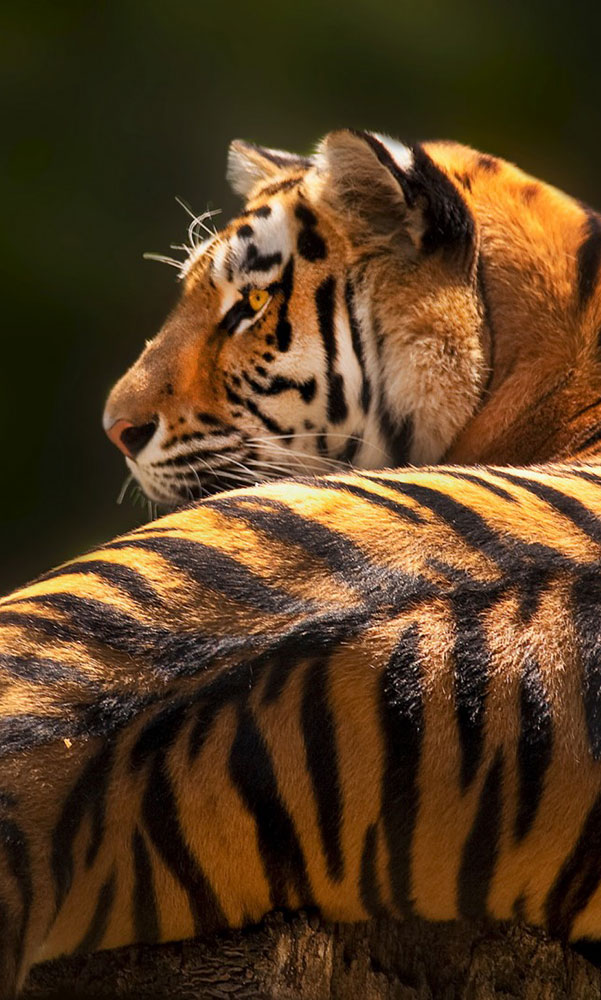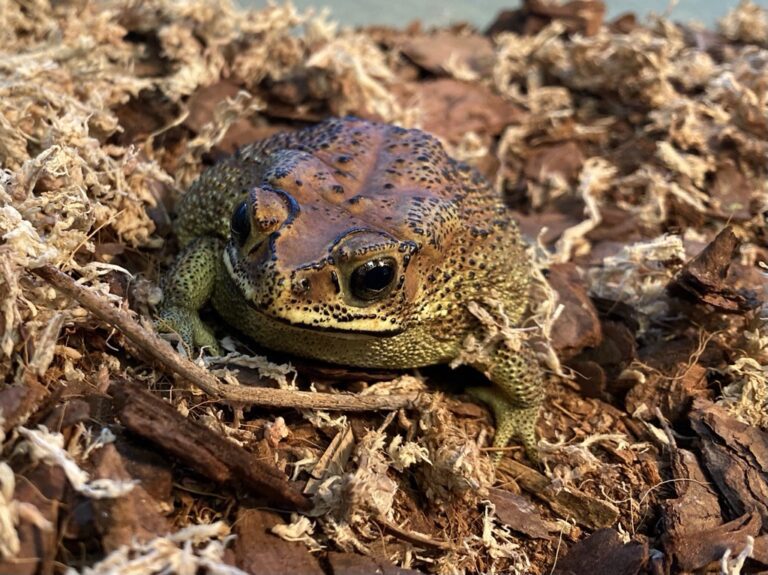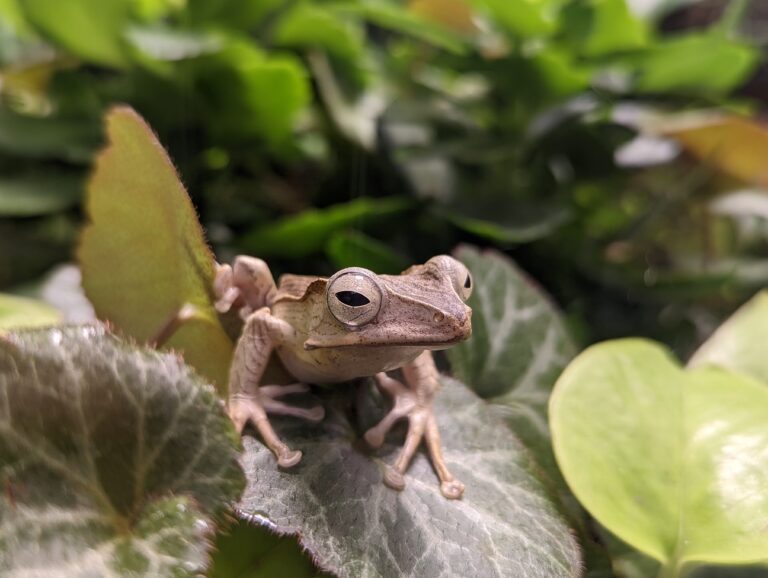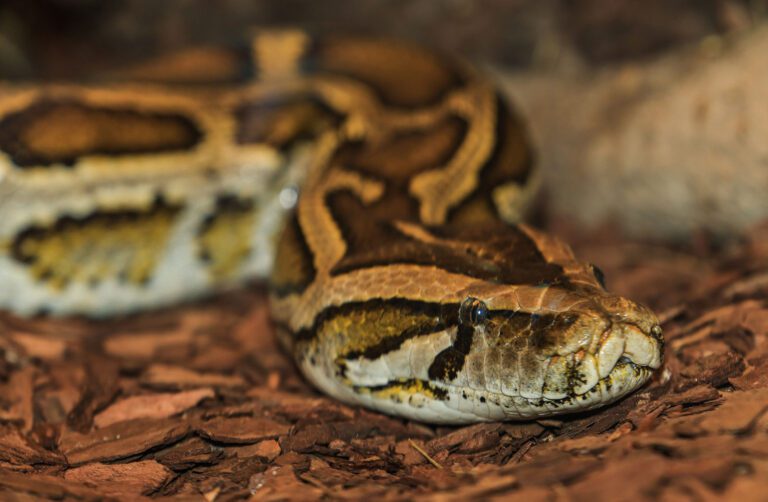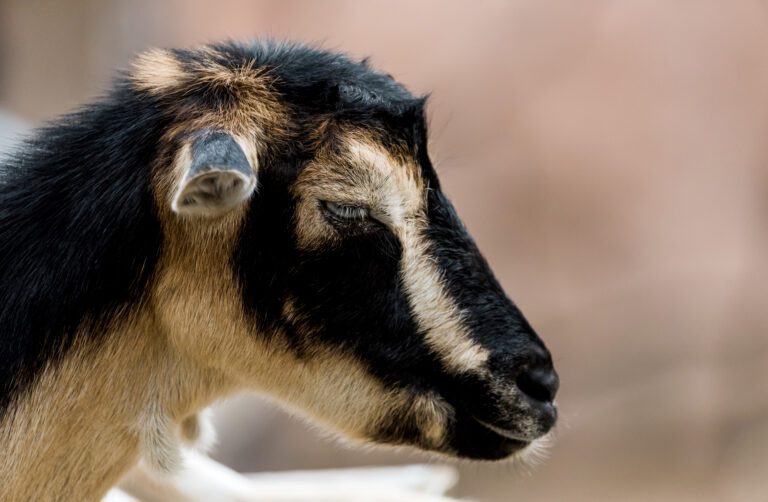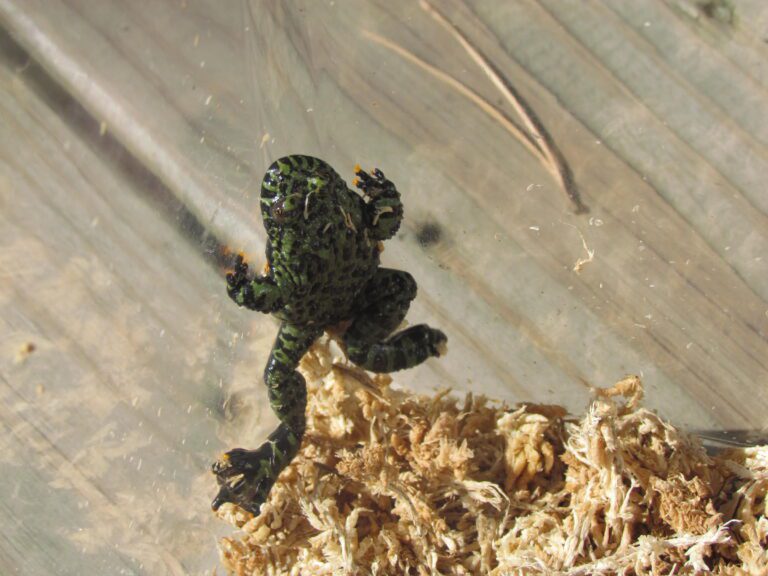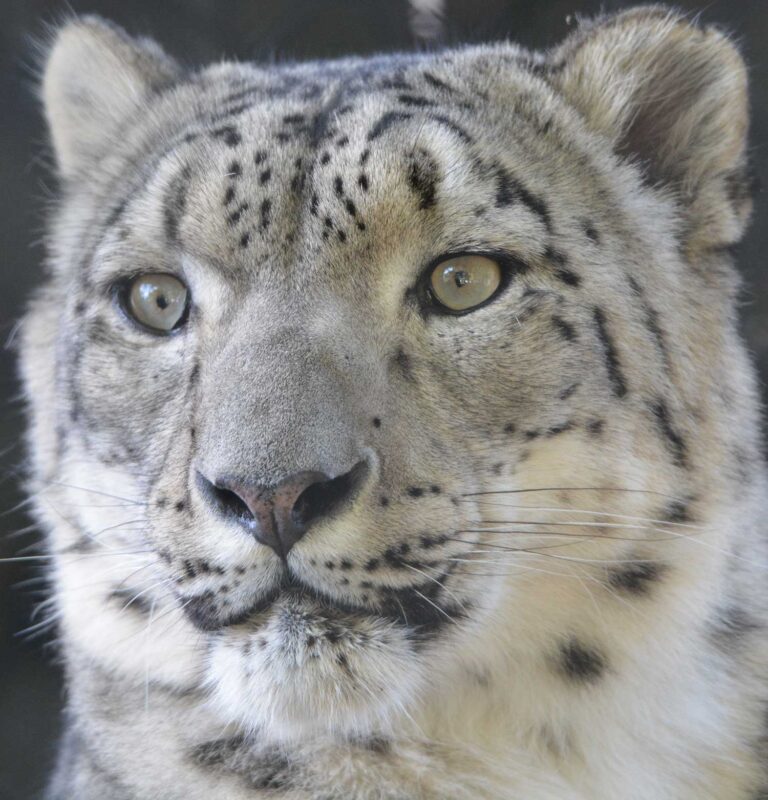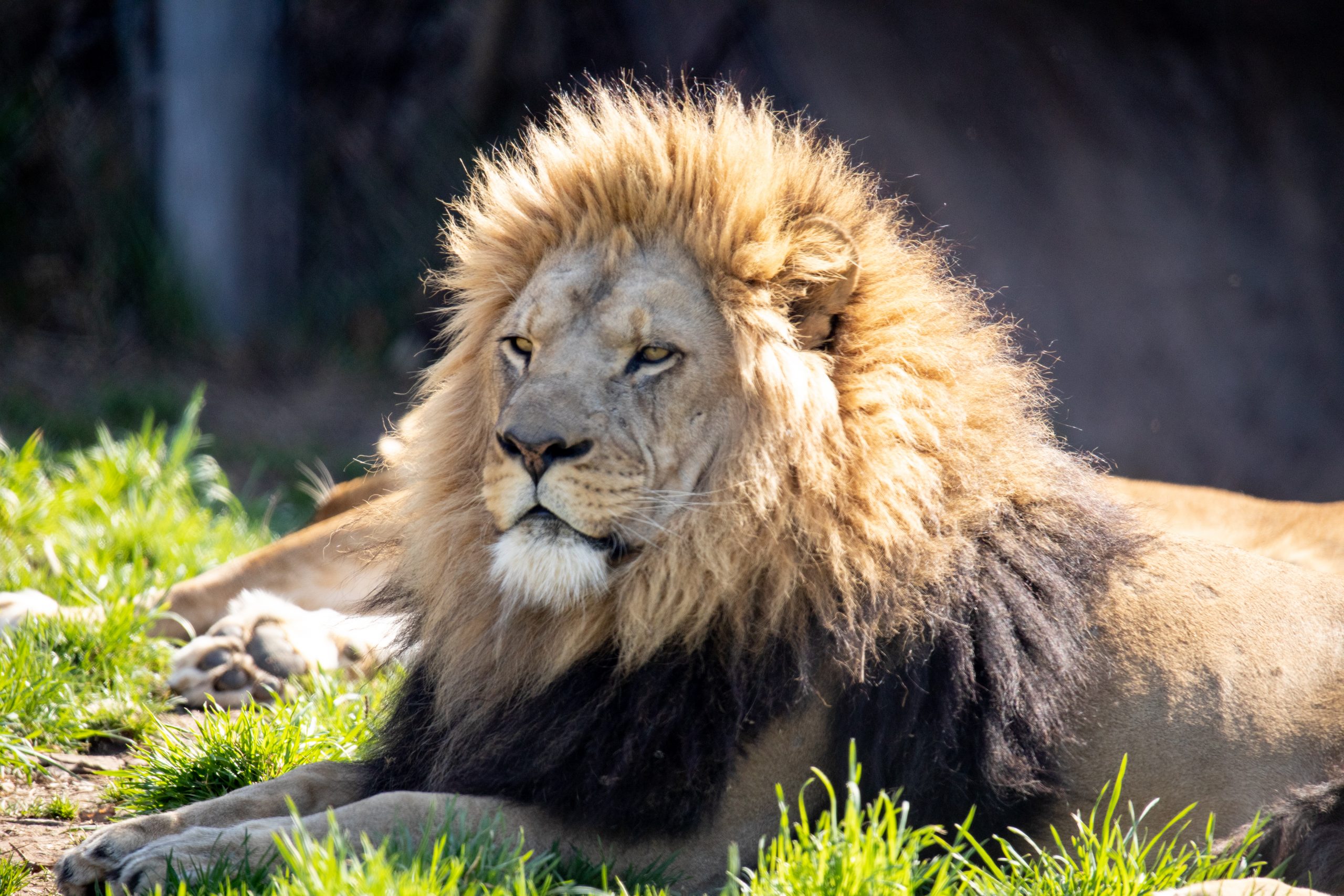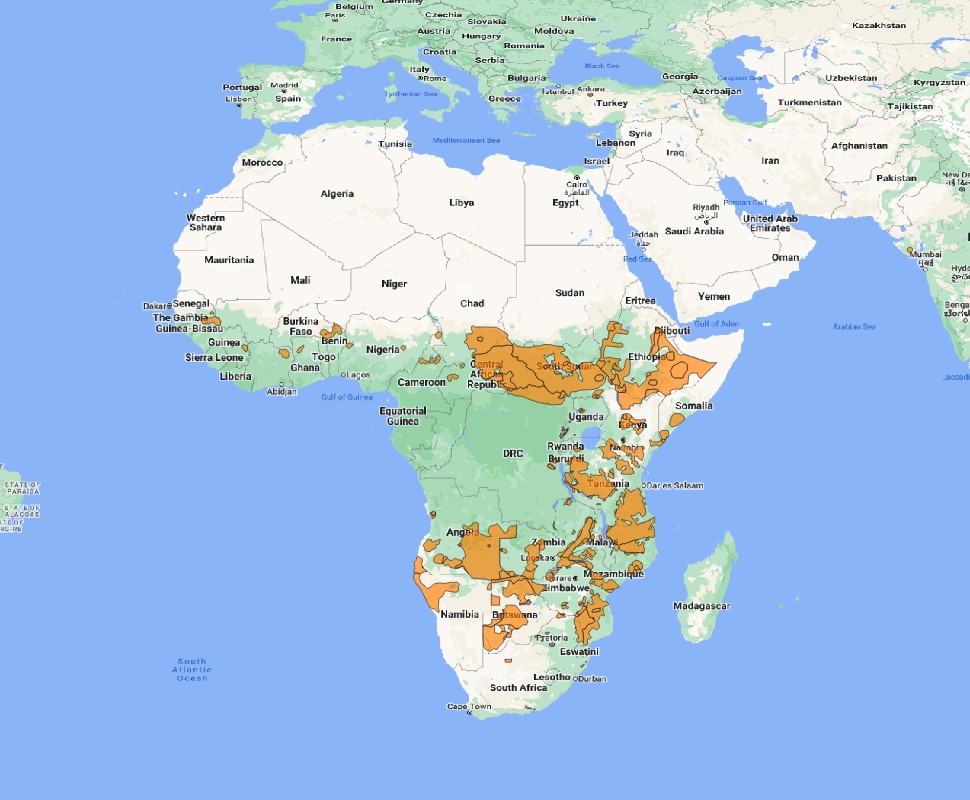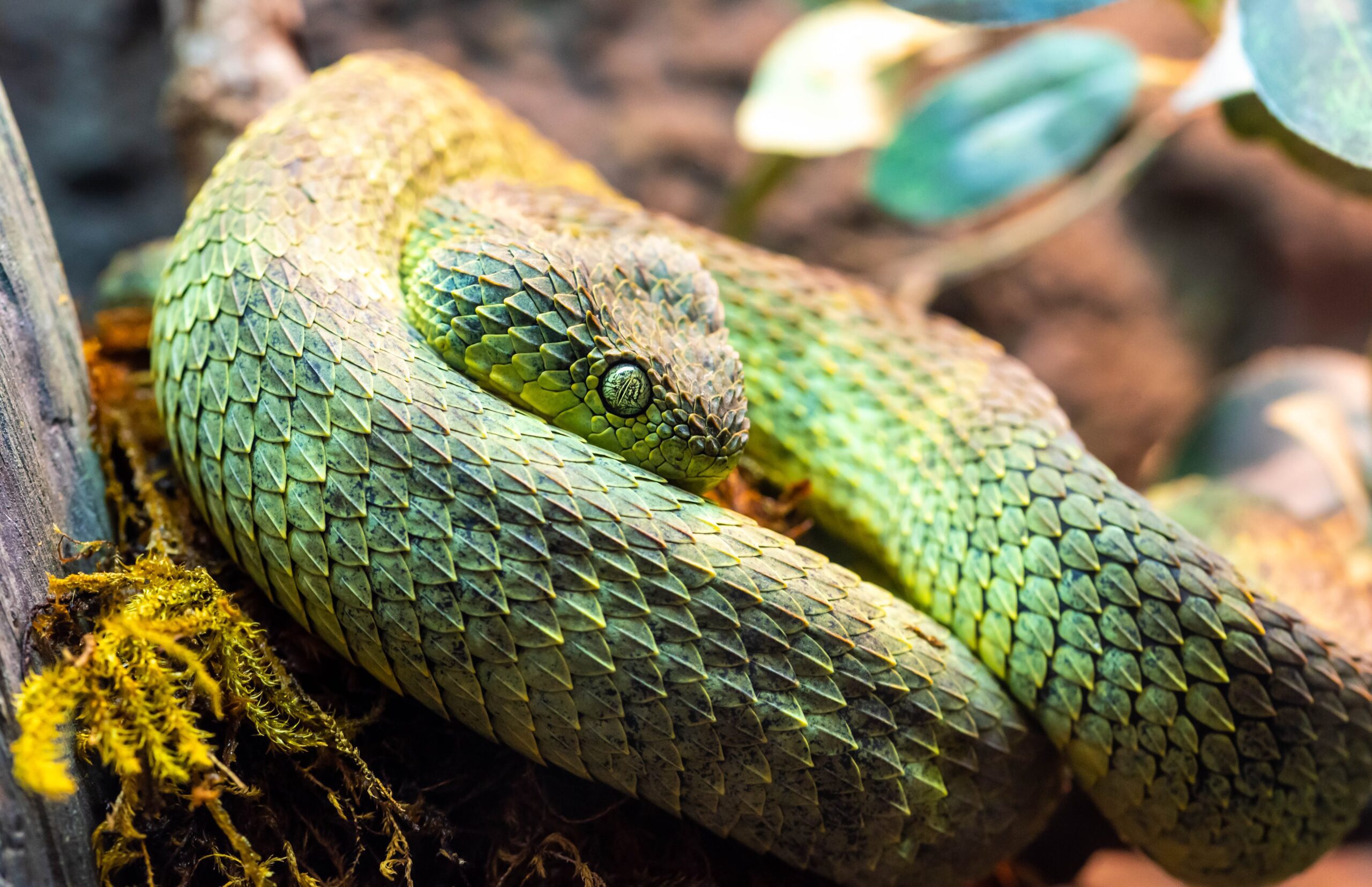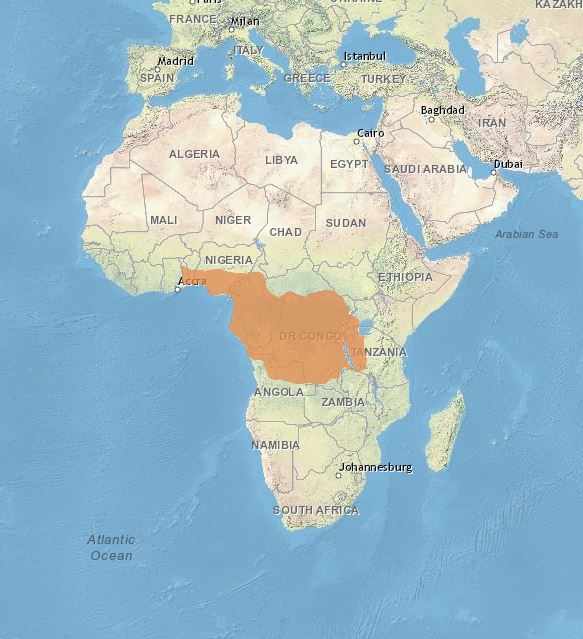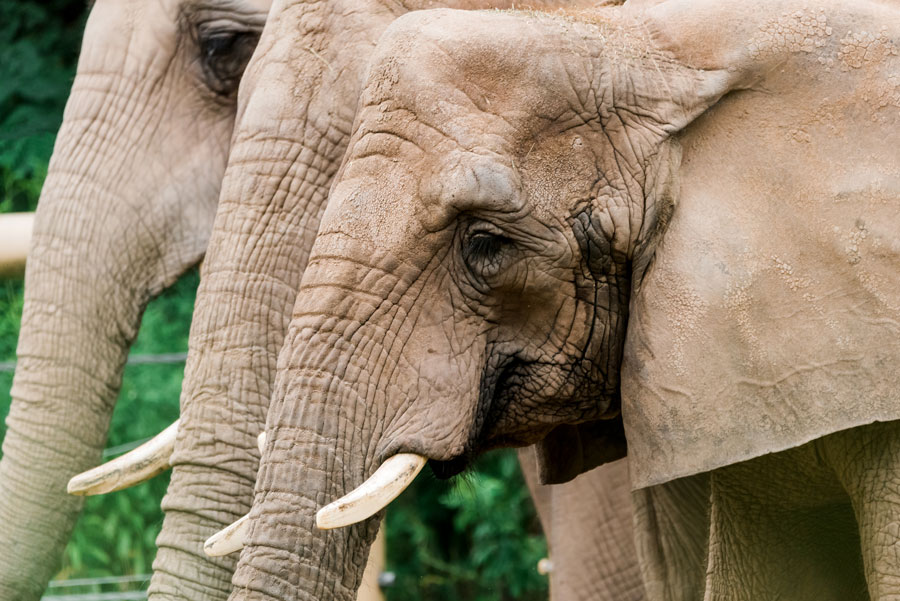African Pancake Tortoise
Seneca Park Zoo is home to three African pancake tortoises, one male and two female. A male and a female reside inside the Animals of the Savanna building, while the second female serves as a program animal.
Animal Facts
Unlike most tortoises that sport a heavy domed shell, the African pancake tortoise relies on its speed and flattened shape to outrun and hide from its predators.
The average size of an African pancake tortoise is six to seven inches long and one inch thick.
To lock itself into a protective crevice, the African pancake tortoise will take in a large quantity of air to expand its flexible shell to fit the space between the rocks.
African pancake tortoises have one or two clutches of eggs per year, of one to four eggs each clutch.
They are excellent climbers and active at dawn and dusk; spend day in rock crevices and spend very little time away from their hiding place.
Diet
African pancake tortoises are strictly herbivorous. They eat dry grasses, fallen fruits and available vegetation.
Status in The Wild
- Vulnerable
International Union for Conservation of Nature (IUCN) Red List status
These tortoises inhabit isolated locations in eastern Africa, from Kenya to Tanzania. The habitat they prefer is areas of small hills with rocky outcropping in arid thornbrush.
The African pancake tortoises are popular in the pet trade, which has made them considerably vulnerable in the wild. Habitat loss in Africa combined with a slow reproductive rate make this species’ recovery difficult.
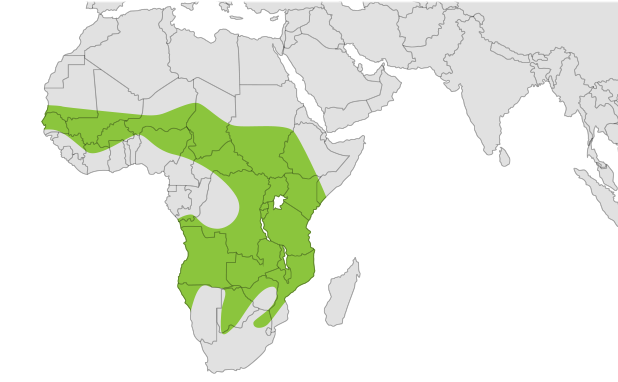



More Animals From Africa
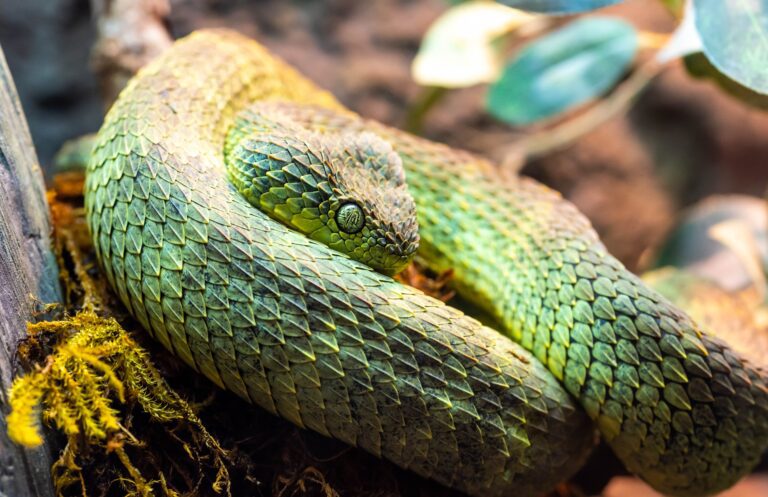





African Bush Viper
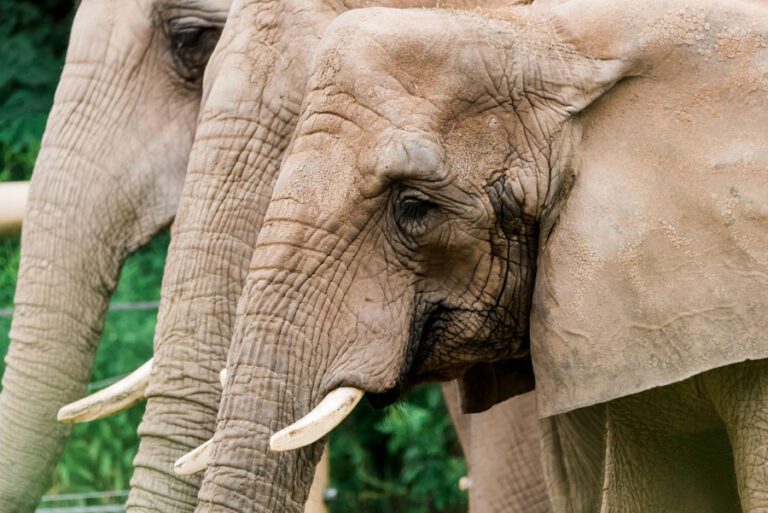





African Elephant
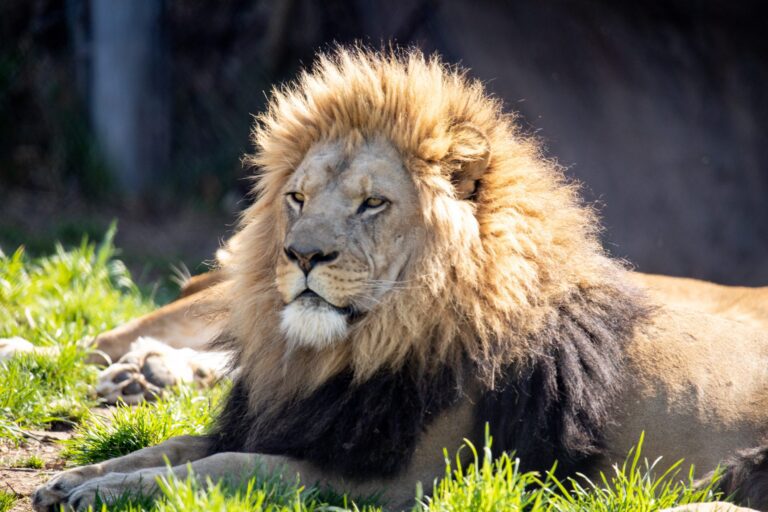





African Lion
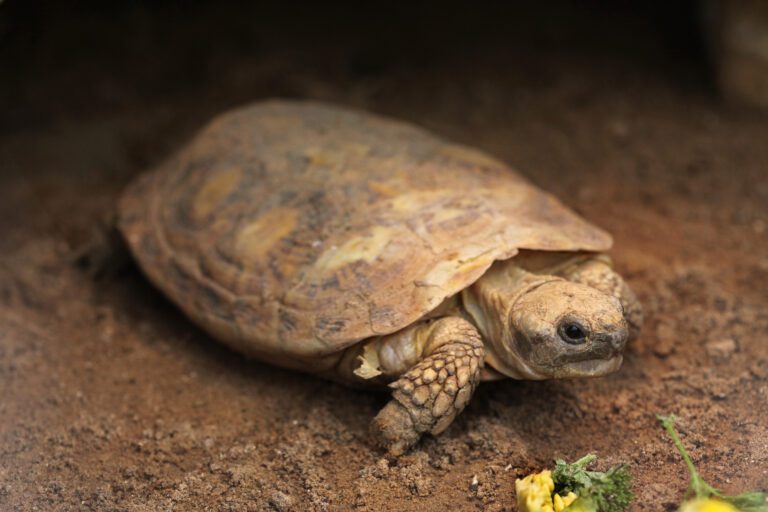





African Pancake Tortoise
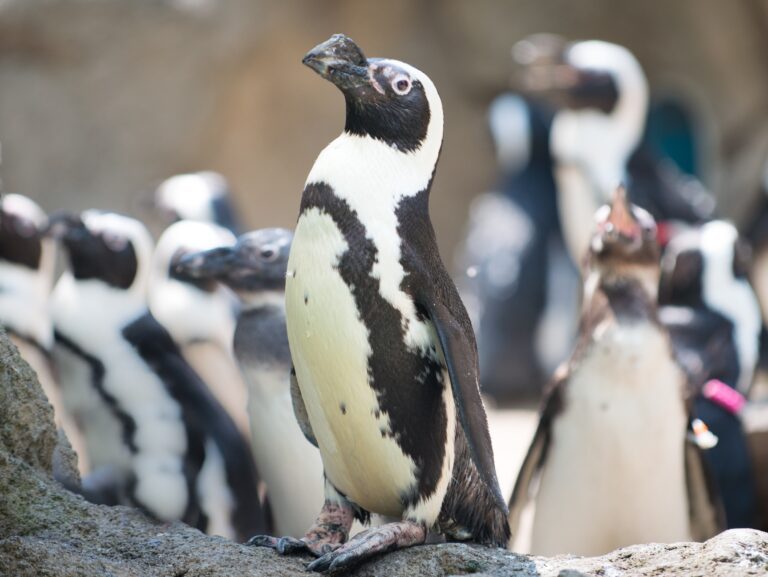





African Penguin
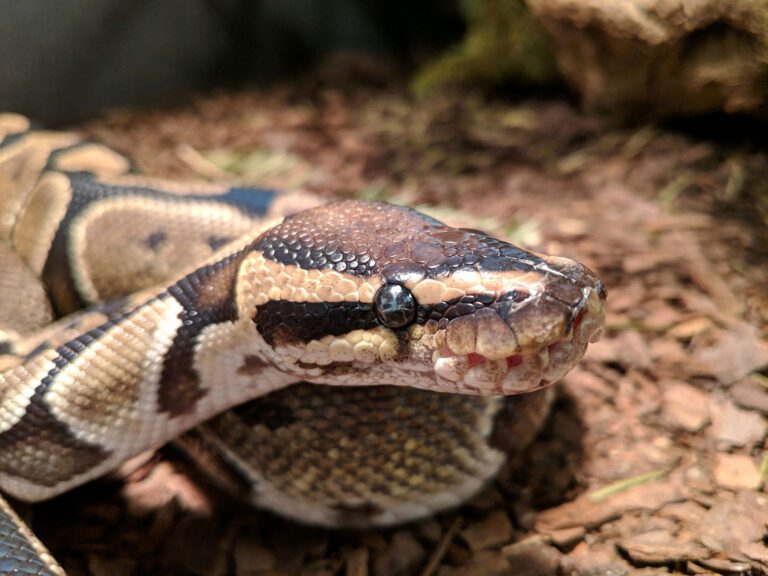





Ball Python
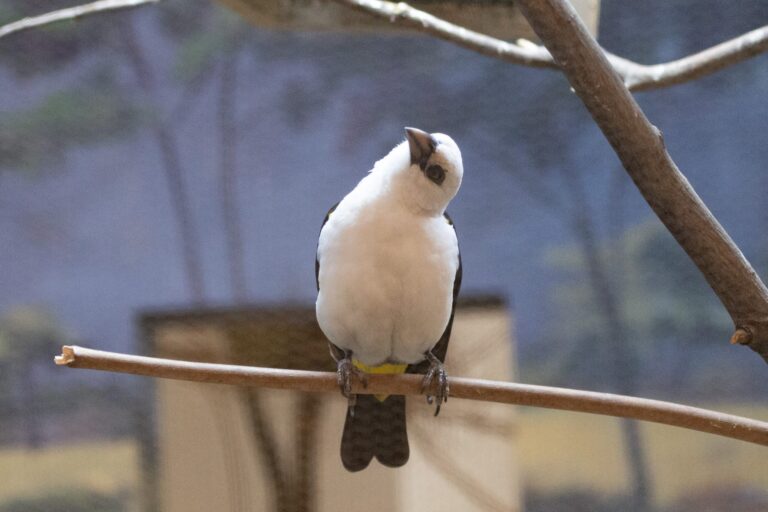





Buffalo Weaver
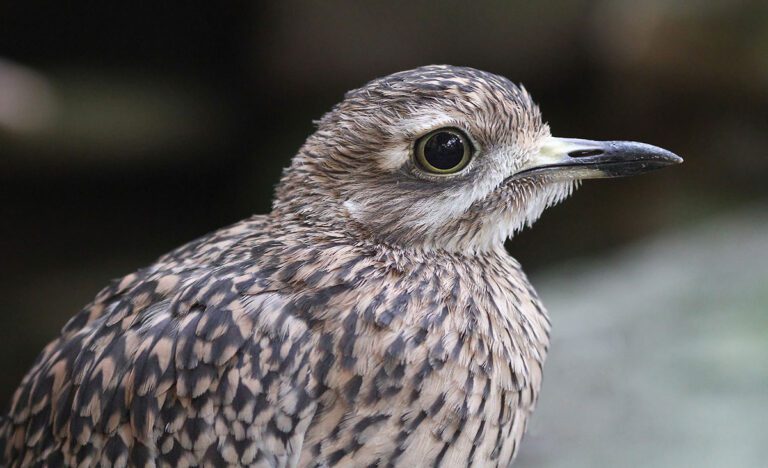





Cape Thick-Knee
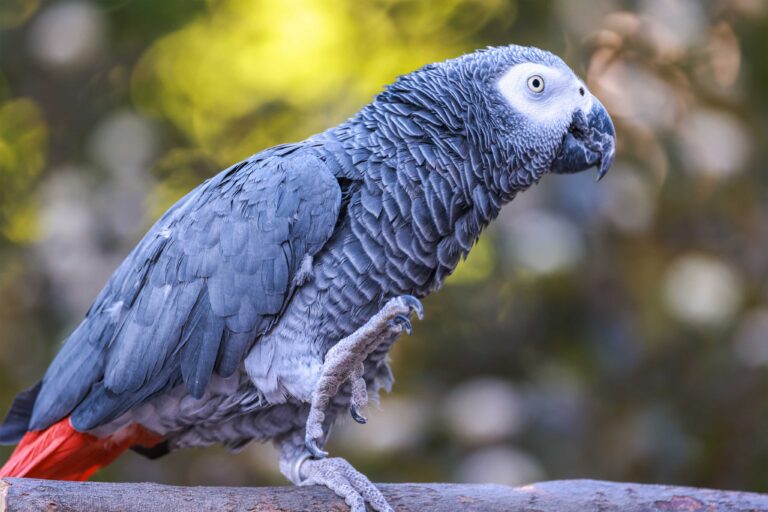





Congo African Grey Parrot
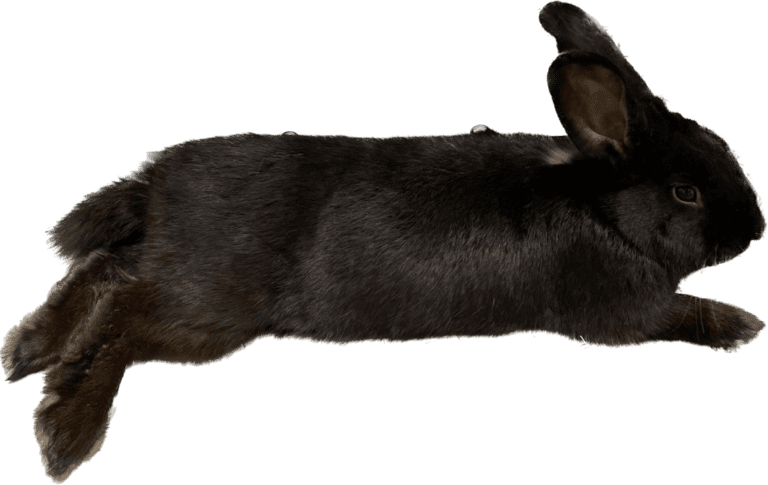





Domestic Rabbit
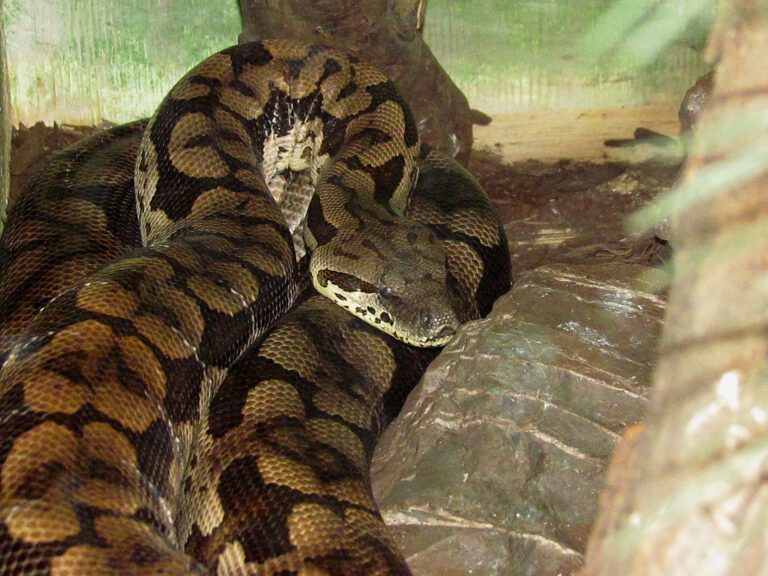





Dumeril’s Ground Boa
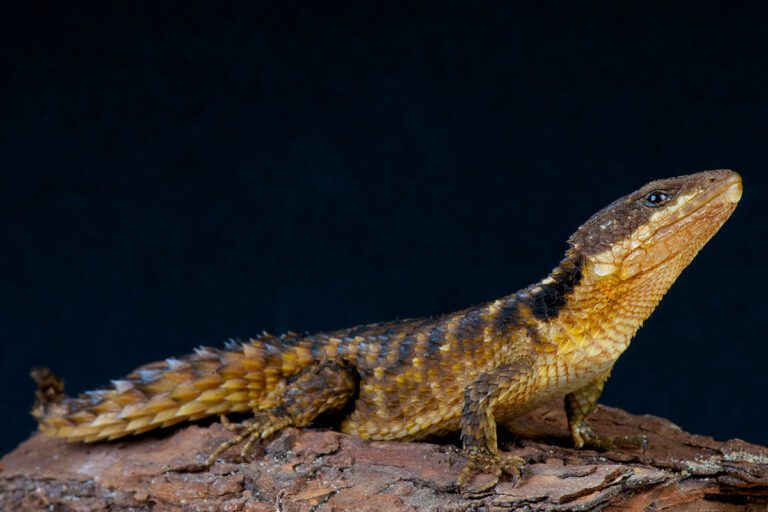





East African Spiny-Tailed Lizard
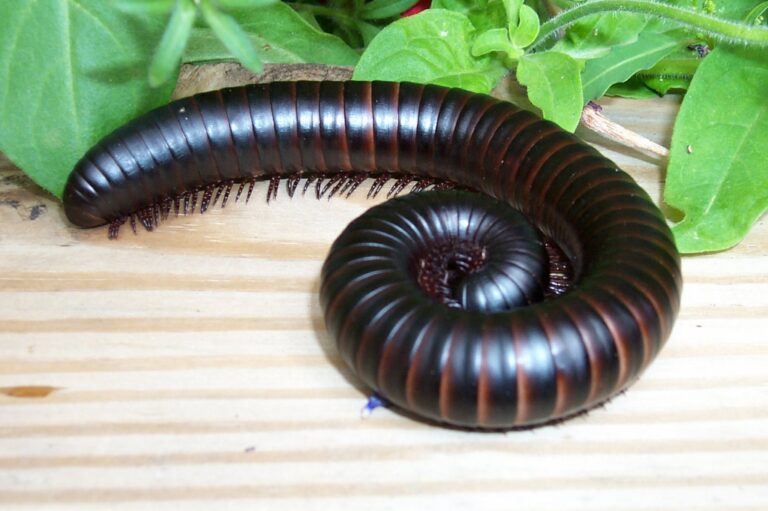





Giant African Millipede
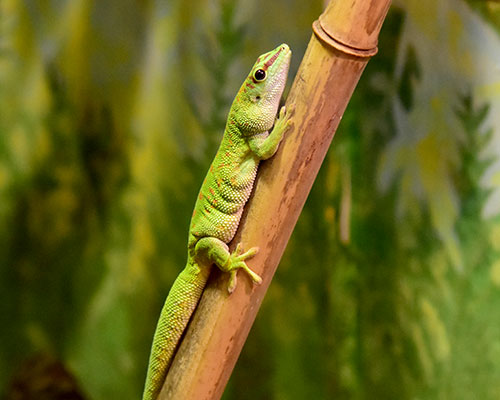





Giant Day Gecko
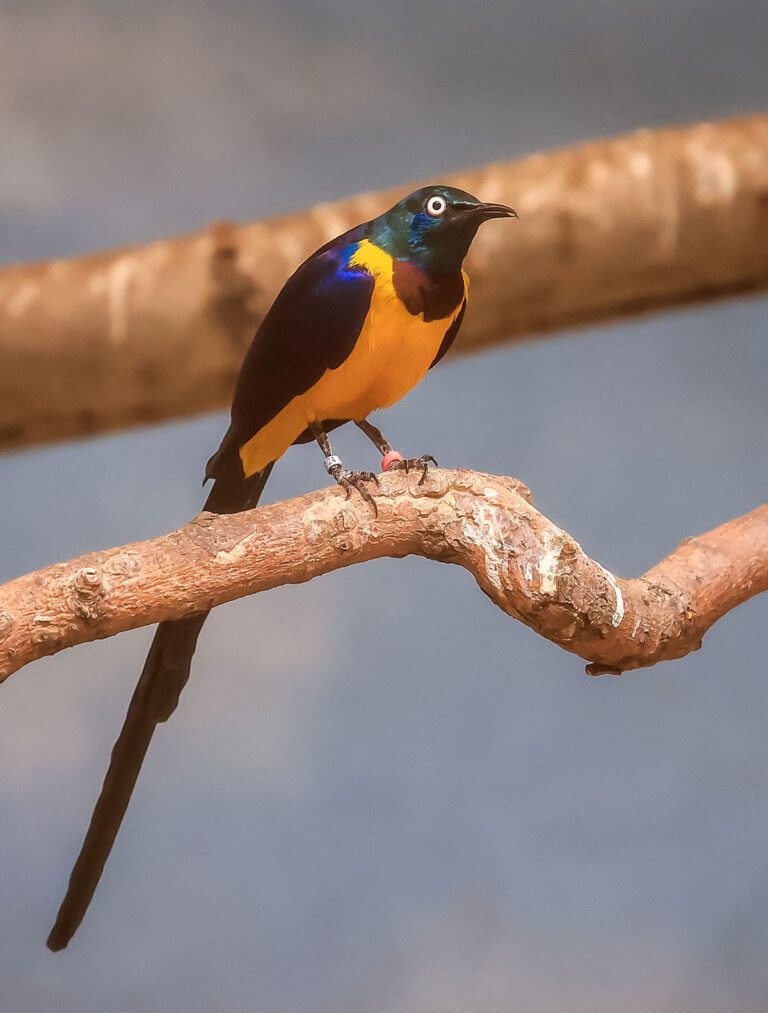





Golden-Breasted Starling
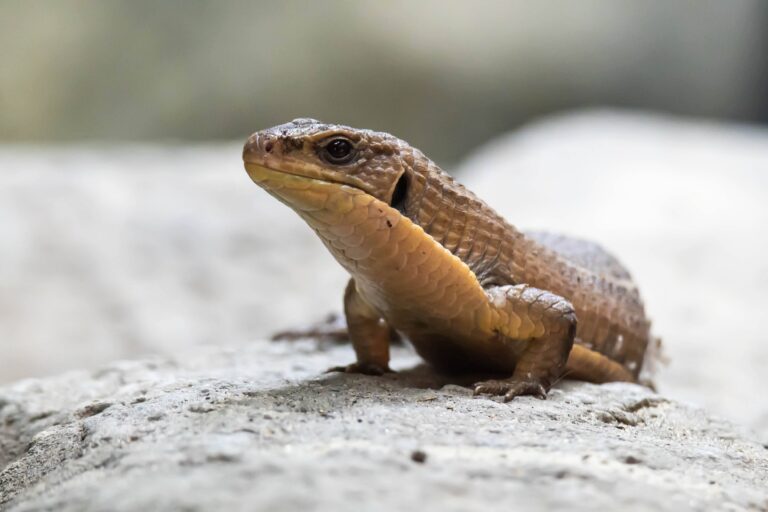





Great Plated Lizard
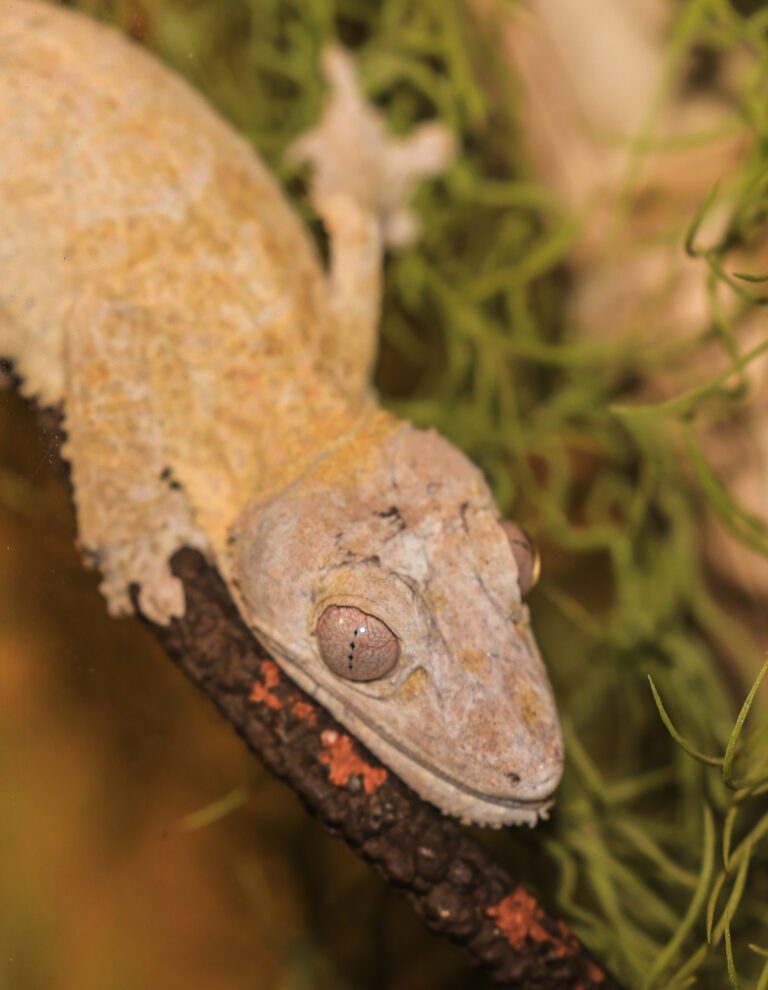





Henkel’s Leaf-Tailed Gecko
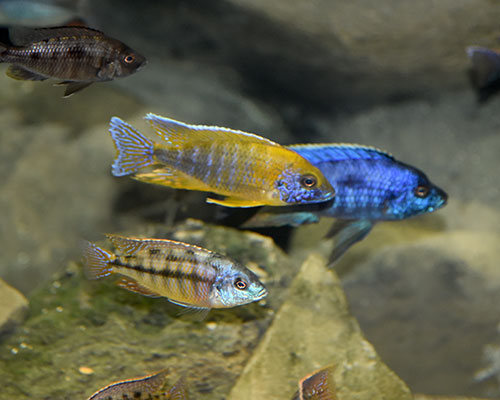





Lake Malawi Cichlids
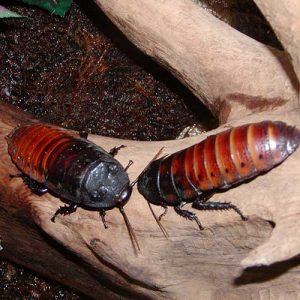





Madagascar Hissing Cockroach
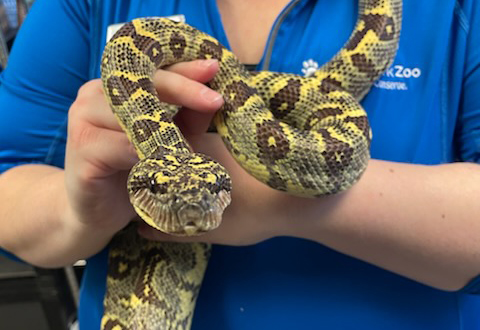





Madagascar Tree Boa
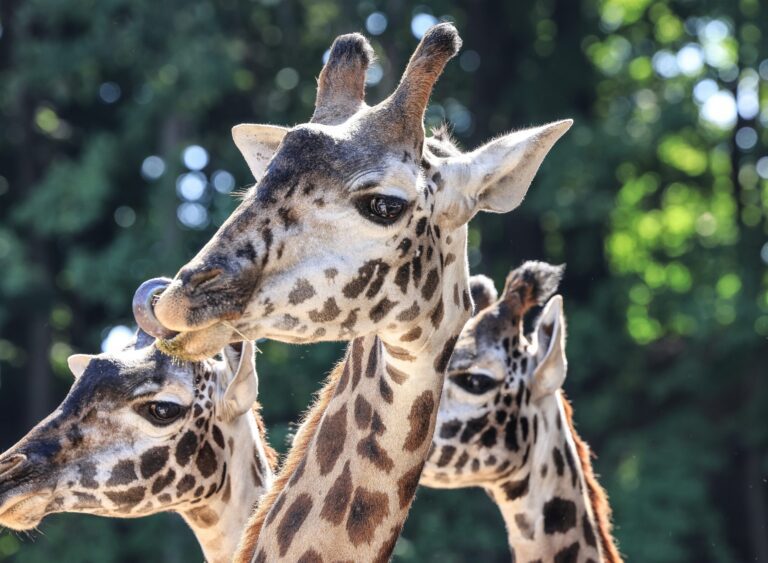





Masai Giraffe
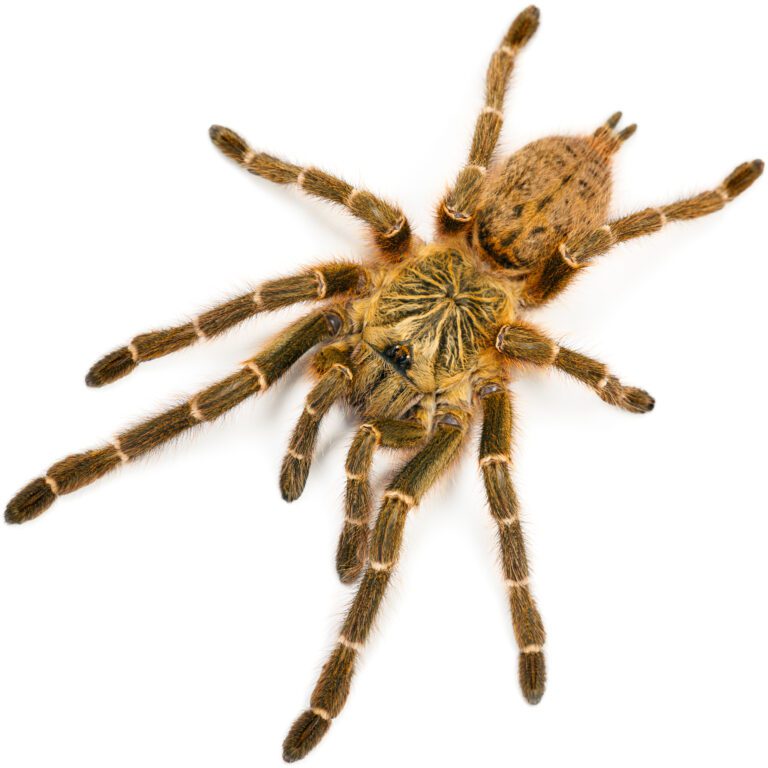





Mombasa Golden Starburst Tarantula
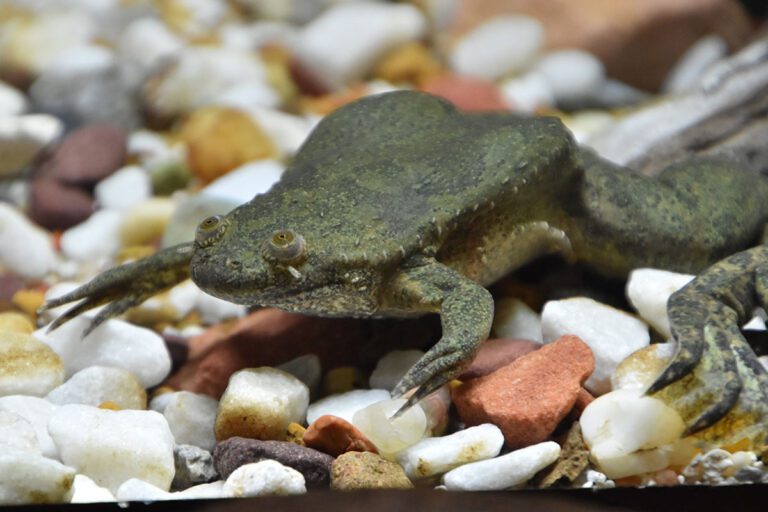





Mueller’s Clawed Frog
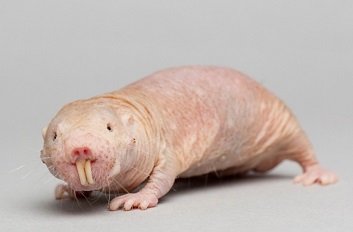





Naked Mole Rat
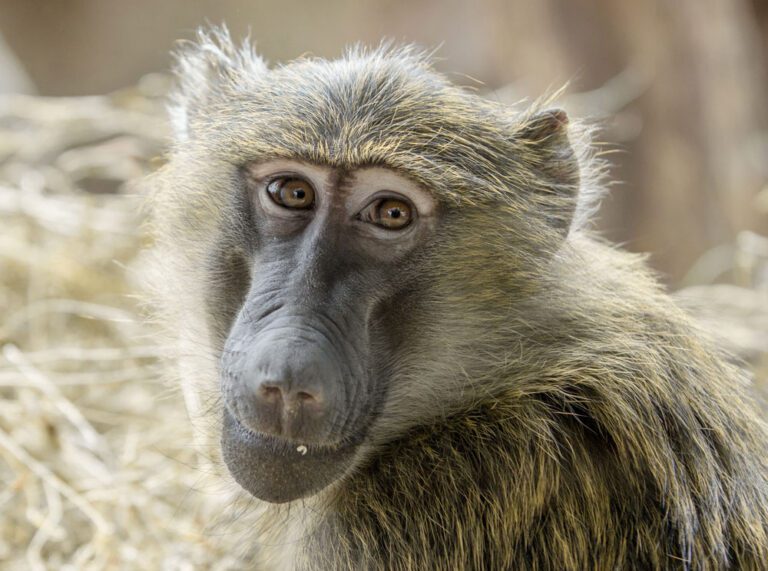





Olive Baboon
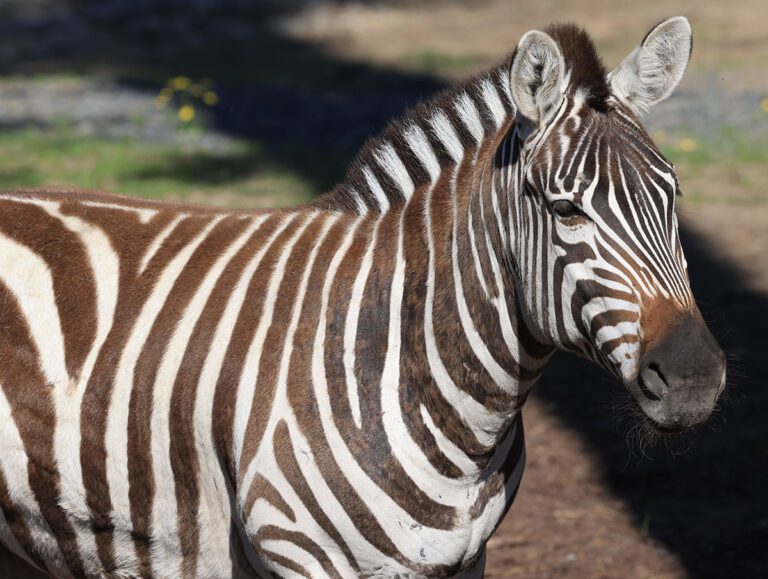





Plains Zebra






Ring-neck Parakeet






Speckled Mousebird
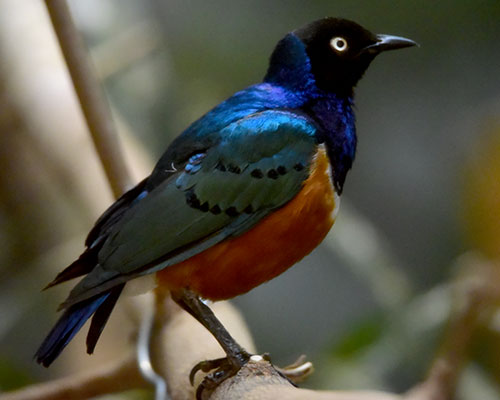





Superb Starling
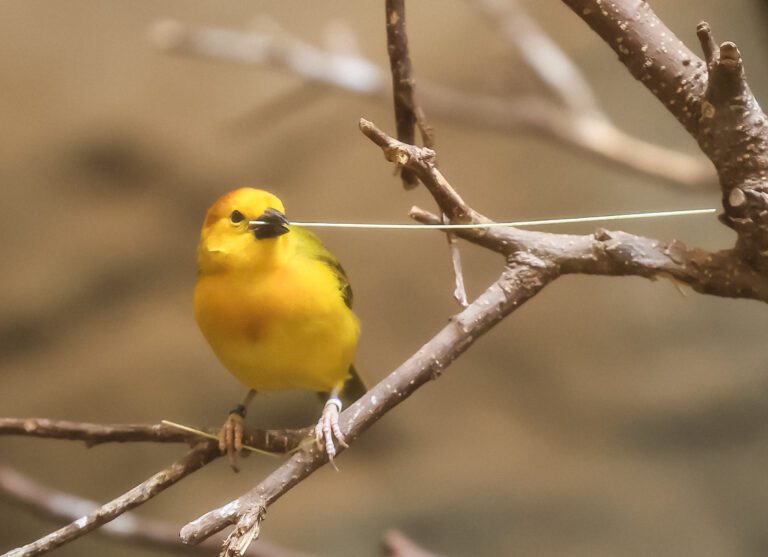





Taveta Golden Weaver
